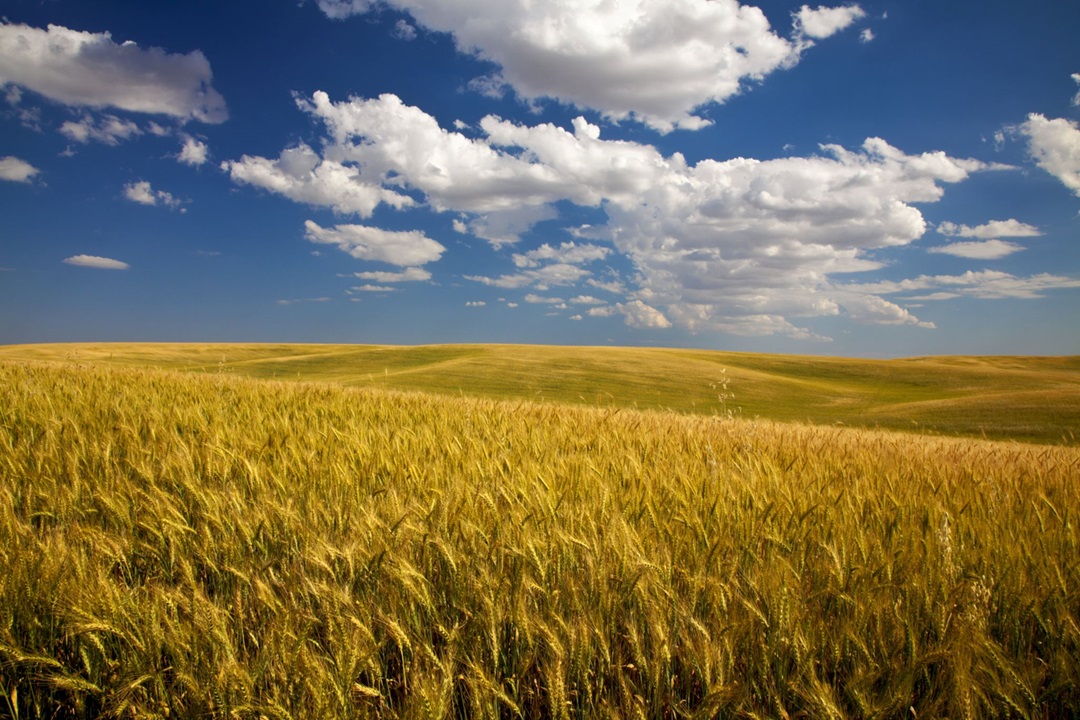Many people may be confused about the role of carbon markets in agriculture. Here is an in-depth review on the difference between insetting and carbon offsets, the two main components of carbon markets, and how they can impact agriculture and food production.
Download the white paper to learn:
- How insetting can address Scope 3 emissions, which represent 89% of food and beverage company emissions.
- How insetting can be used to compensate producers for sustainable practices.
- The role of insets in transitioning to a healthier and more sustainable food supply.
- Context on transparency, traceability, and integrity requirements.
- Why the offset markets have not been effective for farmers.
- Why verification is essential to prevent greenwashing.
- The state of Scope 3 accounting standards.
While insetting offers great potential for food and agriculture companies, not all inset programs are equal. Insetting projects can be a direct transaction between a company and its suppliers. They do not require validation and verification, rigorous protocols, or standards such as those governing voluntary and regulatory carbon credits.
As a result, the integrity of insetting claims will vary across the food and agriculture industry. Such claims represent a greenwashing risk for any insetting program not backed by defensible standards and methodologies. A high-integrity insetting program will include scientifically valid protocols, validation and verification by an accredited third party, controls to avoid double-counting, and transparency for consumers.
Our white paper, “The State of Insetting in Agriculture and Food Supply Chains,” delves into the best practices that food and agriculture companies must consider to establish an effective insetting program.

